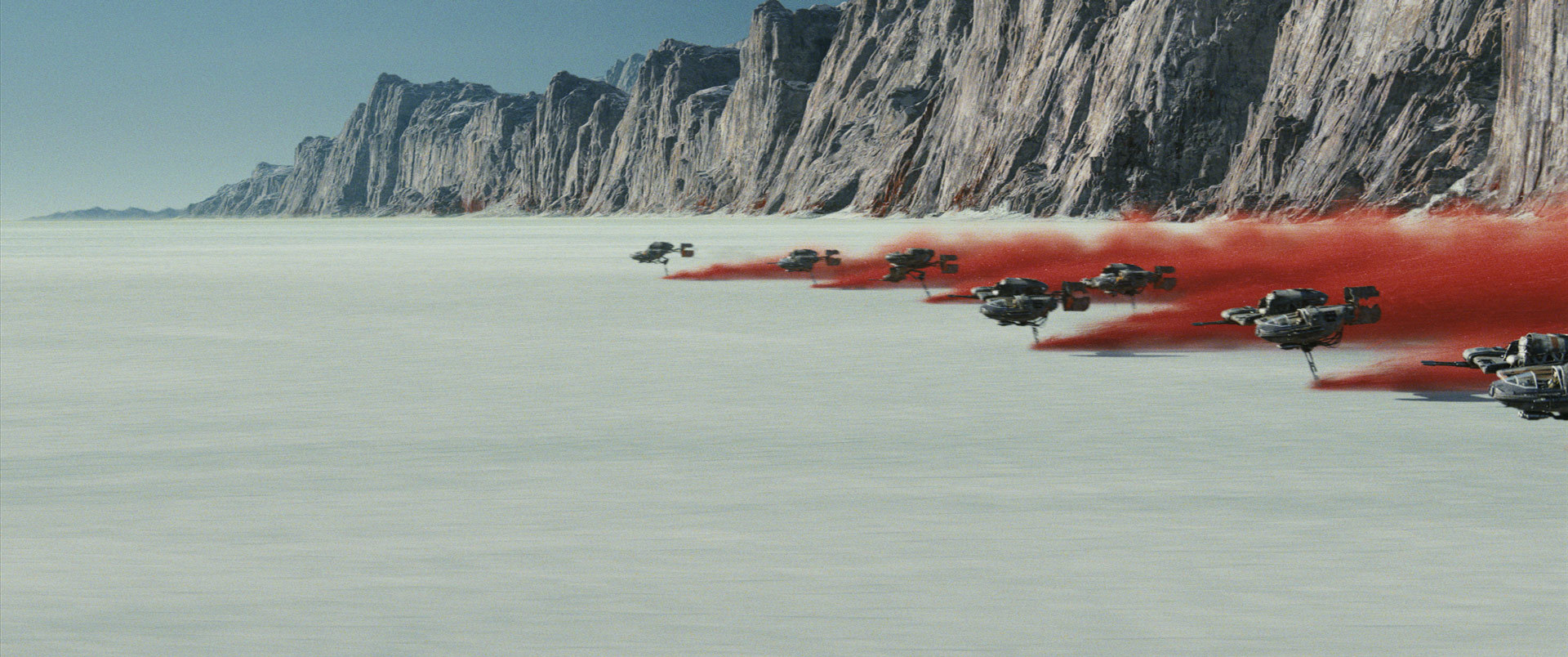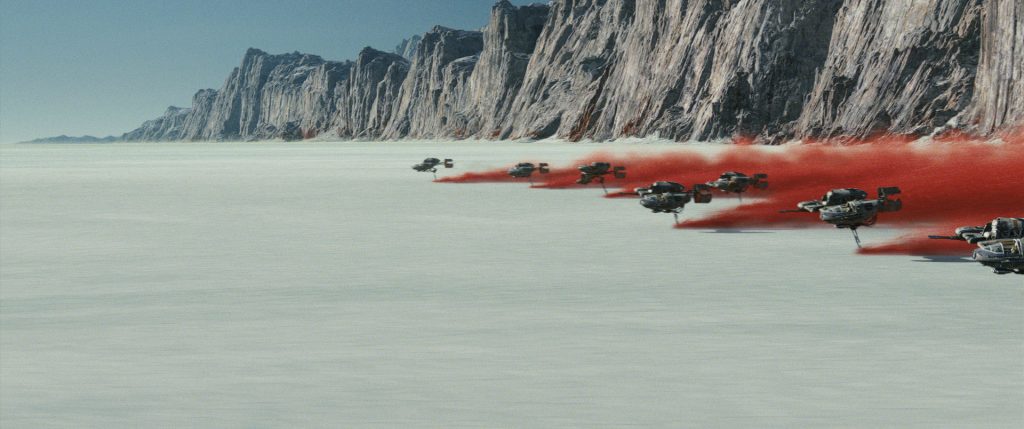Bolivia’s Salar de Uyuni – a glistening and expansive space that is truly breathtaking – is the star of hundreds of thousands of Instagram posts. And now, the tourist attraction is getting its biggest spotlight in Star Wars: The Last Jedi. Salar de Uyuni stands in for Crait (the planet with red sand in the original trailers). Thanks to the fine folks at Latinx Geeks, we now know that, like Guatemala (Yavin 4) before it, Bolivia has a place in the Star Wars universe.
Salar de Uyuni is a natural salt flat in Bolivia created by a lack of precipitation and excessive evaporation during the last ice age, meaning the flat landscape is covered in a thick accumulation of salt. When it rains, the salt mines look like a glistening mirror, according to Forbes. The striking aesthetic of the salt flat make for an easy transition into a new planet perfect for a sci-fi movie. In a behind-the-scenes video about this latest installment, director Rian Johnson admits that part of the reason Salar de Uyuni became Crait is because he wondered what a battle would look contrasted against this stark blank canvas.
Filming in the South American country was a closely guarded secret (though there were rumors dating back to at least January 2017), according to Wendy Alcázar Vivado and Andrés Jauernick, producers at Jucumari Films, the Bolivian company that worked alongside Lucasfilm. Jauernick told La Prensa that things were so confidential that a member of the team who came from abroad couldn’t even inform his son, who was living in the country at the same time, that he was in Bolivia.
Pre-production began in April 2016, with filming taking place just three months after. At times, as many as 150 people worked on the Crait sequences. Because of the production’s need to film on land and air, it needed permission from the people who lived nearby. Though this may be Salar de Uyuni’s biggest feature to date, the flat is also part of Mateo Gil’s 2010 western Blackthorn.
It’s unclear as of now if any future installments will utilize the Bolivian location. Unlike Colombia, Bolivia doesn’t offer as many economic incentives for crews. But Jauernick has hopes after Star Wars. “We hope more international productions film here, because we have incredible landscapes to show,” he said.
Star Wars: The Last Jedi is in theaters now.




